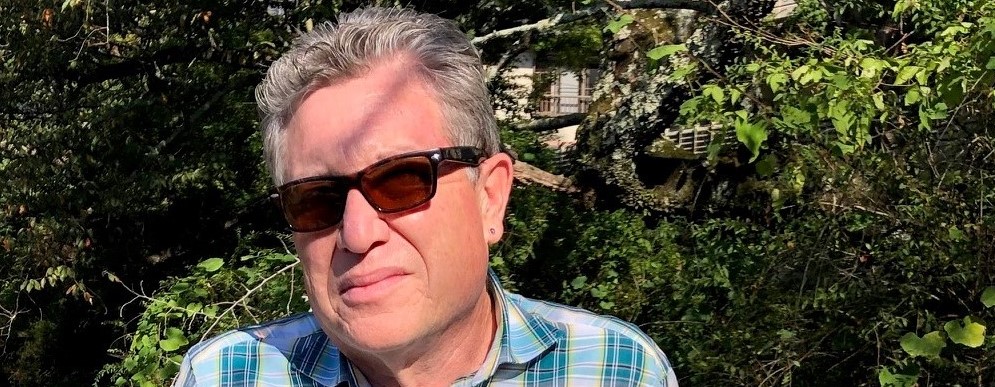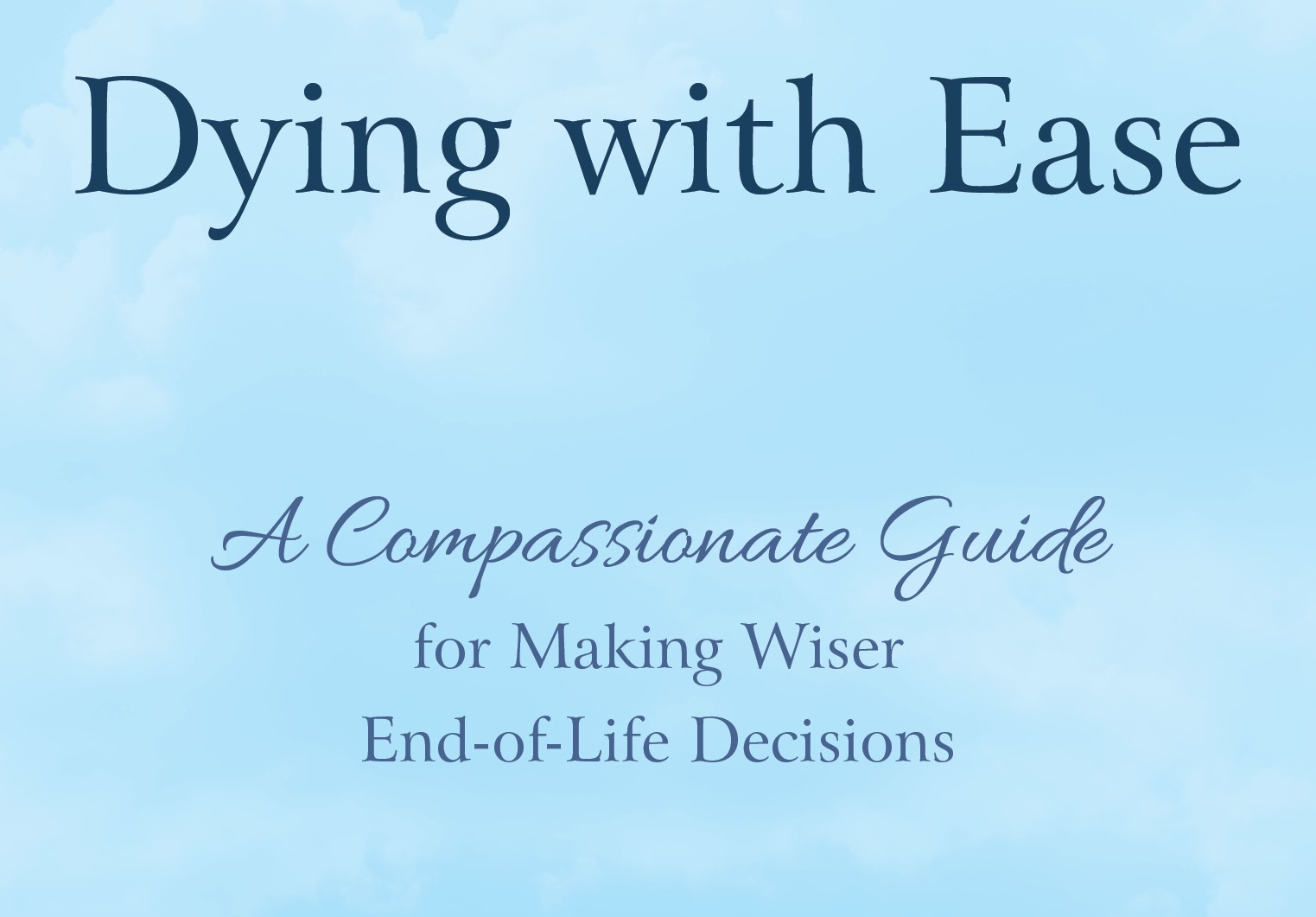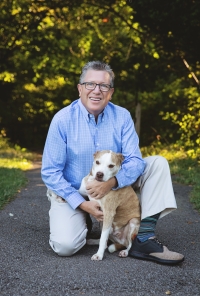Why do it? Why write it?
“How can you stand to be around all that suffering and dying?” “We 
I have heard them all; people mean well, they intend to acknowledge the value of the care of the dying, compliment the effort exerted in an endeavor they see as difficult. But mainly what I hear is something like telling a veteran, “Thank you for your service,” but with the added unstated message, “I’m glad you are doing it because I don’t even want to think about it.”
My response is usually something like, “well, we each do what we have gifts for; hell for me would be being a 5th grade teacher (or maybe an assembly line worker or a police officer).” And I hope that as you read this, you can identify how you are gifted for your vocation. I found, as hopefully many of you have also, that, when we serve where we fit, even given the frustrations that come with any job, we can thrive and learn and grow. In my decades of practice, I was taught innumerable lessons by seriously ill and dying patients, lessons chock full of practicality and wisdom, many of which I am still just starting to learn and understand.
 It was only after I retired from constant active clinical practice that I was able to reflect on those lessons and collate them into the book that I had been diddling with off and on for some ten years. And, despite my gratitude and excitement about the impending release of my book, I see so much more of what I learned from my patients and their families that I want to communicate; this might coalesce into another endeavor, but that is getting ahead of the story.
It was only after I retired from constant active clinical practice that I was able to reflect on those lessons and collate them into the book that I had been diddling with off and on for some ten years. And, despite my gratitude and excitement about the impending release of my book, I see so much more of what I learned from my patients and their families that I want to communicate; this might coalesce into another endeavor, but that is getting ahead of the story.
In hospice care, the most often repeated lesson, illustrated daily, if not more often, is that since we are alive, we will die. And, since we are alive, we still can affect what that experience will be like. Every day in the United States, nearly 8000 people die; that is about 5 people a minute. The novel coronavirus kills someone in this country every 90 seconds and proves that there is no such thing as perfect safety. My point is not to sound like a revival evangelist, but to demonstrate how vital conversations and information about death and dying are, especially during a pandemic.
But the most important lesson the dying teach is that since we are alive, we should LIVE: celebrate joy, embrace love, cultivate wonder, honor authenticity, and plant legacy. Knowing that life is transient makes it all the more precious. Recognizing and contemplating life’s ending enhances our living. I invite you to continue to join me in this ongoing recognition, contemplation, and conversation. You can even add your voice to my encouragement by preordering Dying with Ease: A Compassionate Guide to Making Wiser End of Life Decisions through your local bookstore or on-line

